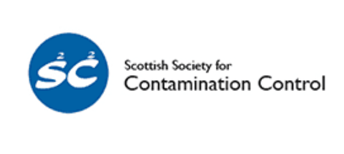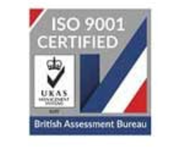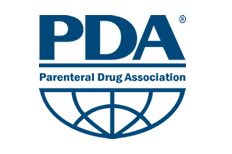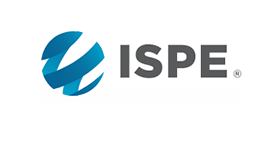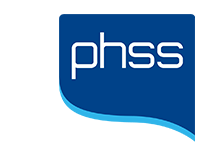IPA and DE Alcohol Disinfectant Selection Guide.
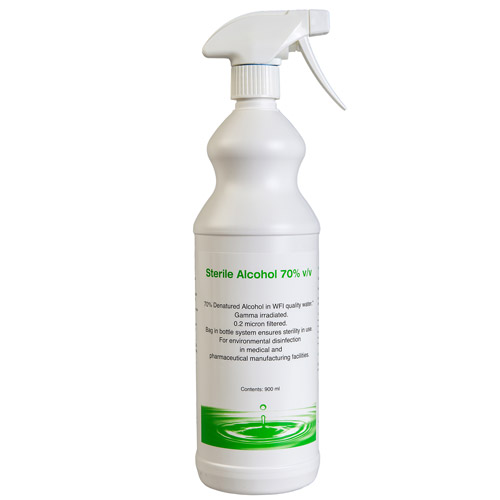
In the cleanroom setting, alcohol disinfectants refer to two chemical compounds, denatured ethyl alcohol (DE) and isopropyl alcohol (IPA) - also referred to as isopropanol. IPA and DE are broad spectrum antimicrobial and are rapidly bactericidal, fungicidal and virucidal, killing most bacteria within five minutes of exposure.
IPA and DE alcohol disinfectants are not effective against bacterial spores, and have limited virucidal efficacy. In these instances, a sterile sporicidal disinfectant should be used.
Denatured Ethanol (DE) or Isopropanol (IPA)?
The effectiveness of alcohol as an anti-bacterial or anti-fungal disinfectant increase as the molecular weight increases. Therefore, Isopropyl alcohols, such as IPA, are more effective than ethanol alcohols, such as DE.
Denatured Ethanol is considered more effective as a virucidal disinfectant, as isopropanol is not effective against non-enveloped viruses.
Examples of non-enveloped viruses:
- Hepatitis A
- Rotavirus
- Adenovirus
Examples of enveloped viruses:
- Influenza
- Ebola
- HIV
- Hepatitis B
- Rabies
- SAR virus
Non-enveloped viruses utilize capsid proteins to mediate binding to host cells, while enveloped viruses use viral proteins for this function. Enveloped viruses are surrounded by an outer lipid membrane, while non-enveloped viruses lack this membrane.
What Percentage Blend - 70% IPA and DE or 99% ?
In pharmaceutical cleanroom environments, alcohol is blended with water for injection quality water (WFI).
Water speeds up the denaturing process of proteins, causing membrane damage. Alcohols act on bacteria by making the cell membranes permeable. Efficacy is increased with the presence of water which leads to cytoplasm leakage, denaturation of cell protein and eventual cell lysis.
The optimum concentration for disinfection purposes is between 60%-90% solution in water v/v. Typically 70% solutions are used. Higher concentrations of alcohol are in fact less effective at killing bacteria.
Cleanroom Supplies also stocks 99% IPA. This solution is effective as a surface cleaning fluid and is effective in removing adhesive residue. With its lower water content, it is more suited as a rubbing alcohol and for electronic component cleaning. It is less suitable as a disinfectant.
Advantages and Disadvantages of Alcohol Disinfectants
Advantages of alcohols include their relatively low cost, low odor and fast evaporation. They are used as surface disinfectants and in hand sanitising lotions.
- Alcohols evaporate quickly, leaving no residue
- The efficacy of alcohol is limited if organic matter is present
- Alcohols are highly flammable
- Can damage rubber and plastic materials
- Can cause skin irritation
Delivery Methods
Alcohol surface disinfectants are stocked in three delivery methods:
- IPA or DE Spray - Sterile or Non-Sterile
- 5 Litre Containers
- Pre- Saturated IPA or DE Pouch Wipes
Alcohols are not recommended for sterilizing medical and surgical materials as they do not provide sporicidal action and are unable to penetrate protein rich material.
In the case of medical equipment such as endoscopes, alcohol disinfection has failed and lead to spread of infection. In non-sterile medical situations, an effective sporicidal disinfectant such as Tristel Duo is recommended.
If you require further advice, please do not hesitate to contact Customer Services here at Cleanroom Supplies.
RETURN TO ALCOHOL DISINFECTANTS CATEGORY








